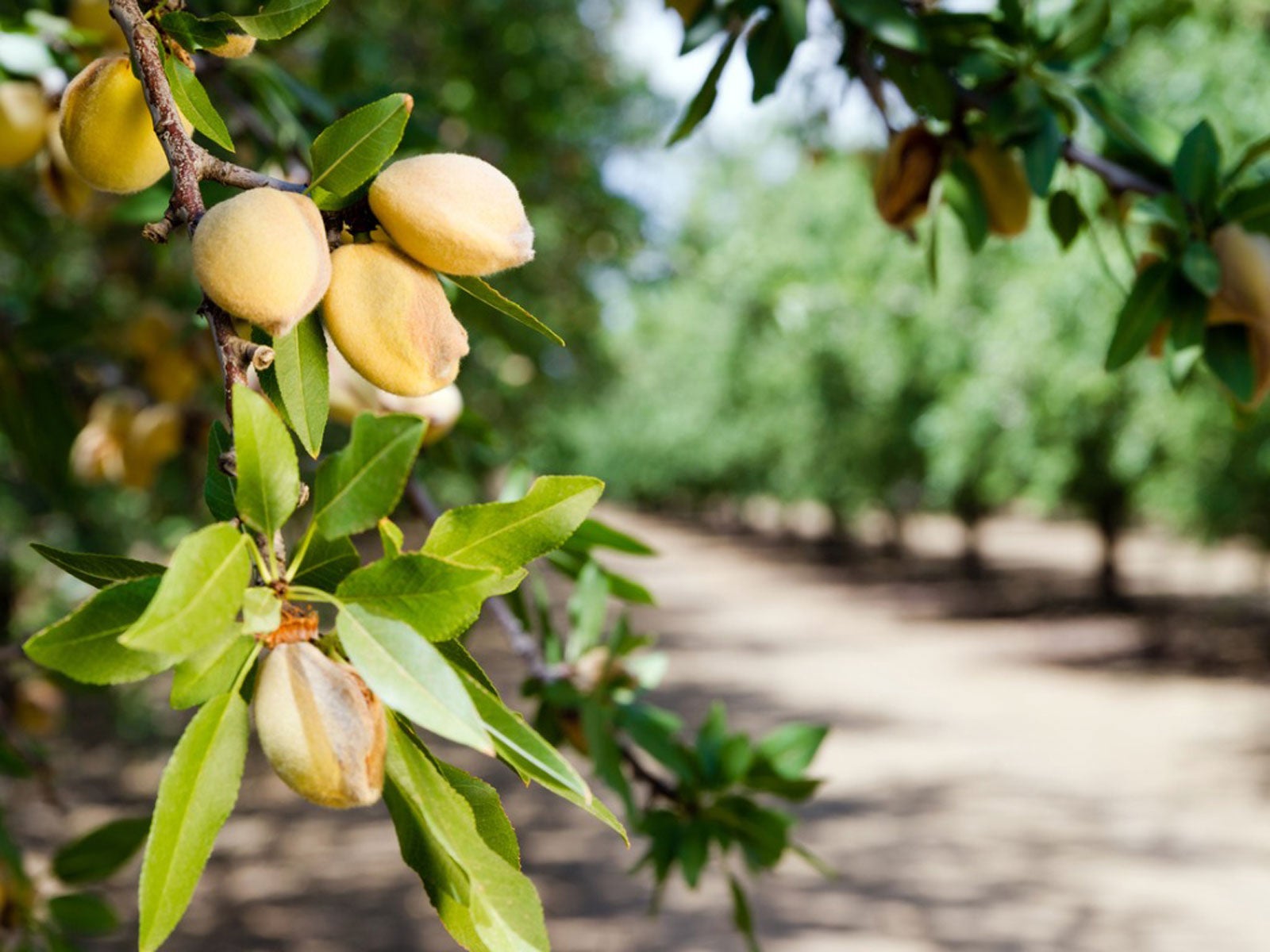
Cultivated as early as 4,000 B.C., almonds are native to central and southwest Asia and were introduced to California in the 1840's. Almonds (Prunus dolcis) are prized for use in candies, baked goods, and confections as well as for the oil processed from the nut. These stone fruits from growing almond trees are also reputed to aid in a number of physical ills and are used in folk remedies for everything from cancer treatment to corns to ulcers. As popular as they are, what about growing them in the home landscape?
How to Grow an Almond Tree
When growing almond trees, it's helpful to know that the trees don't tolerate overly wet soil and are extremely susceptible to spring frost. They thrive in mild, wet winters and hot, dry summers in full sun. If your region doesn't fall within these parameters, it's unlikely an almond tree will set fruit for you. Additionally, very few varieties of almond tree are self fertile, and therefore need cross pollination for fruit production, so you'll need to plant at least two trees. If space is at a premium, you can even plant two in the same hole, wherein the trees will grow together and intertwine, allowing the flowers to cross pollinate. Almond trees are deep rooted and should be planted in deep, fertile, and well-draining sandy loam. Almond trees should be planted 19 to 26 feet (6-8 m.) apart and irrigated despite the fact that the trees are drought tolerant. An application of nitrogen and organic fertilizer will aid in growth. These trees have high nitrogen (N) and phosphorus (P) requirements. To plant the almond tree, dig a hole wider than deep and make sure the roots fit easily into the depth of the hole, then water in deeply. You may need to stake the little tree if you live in a windy area, but remove the stakes after a year or so to allow the tree proper growth.
Care of Almond Trees
Almond tree care varies according to the season. In the winter or dormant season, the growing almond trees should be pruned (December/January) to promote growth, allow light, and remove any dead or diseased limbs or suckers. Clean the area of debris around the tree to eliminate overwintering navel orangeworms and spray with dormant oil to kill peach twig borer, San Jose scale, and mite eggs. During the spring bloom season, care of almond trees should include fertilization of mature trees with urea or manure, watered in or small doses of nitrogen for young trees. Drip irrigation should be initiated daily for those newly planted, with the trees needing at least 2 to 3 inches (5-8 cm.) of water. Established trees can get by on 2 to 3 inches (5-8 cm.) of weekly watering in the absence of rain and may require additional watering during times of drought. Also, if the tree is planted in shallow or sandy soil, it will need more water. During the summer, continue to irrigate and fertilize at the same rate as the spring application up until harvest.
Harvesting Almond Tree Fruit
The harvesting of almond tree fruit occurs after the hulls split and the shell becomes dry and brown in color. Almonds need 180 to 240 days for nuts to mature wherein the nut (embryo and shell) has dried to minimum moisture content. To harvest the almonds, shake the tree, then separate the hulls from the nut. Freeze your almond nuts for one to two weeks to kill any residual worms and then store in plastic bags. Lastly, when caring for almond trees, spray the trees during or after the leaves drop in the fall before the winter rains. This will reduce the damage from shot hole fungus in the spring.
Sign up for the Gardening Know How newsletter today and receive a free copy of our e-book "How to Grow Delicious Tomatoes".

Amy Grant has been gardening for 30 years and writing for 15. A professional chef and caterer, Amy's area of expertise is culinary gardening.
